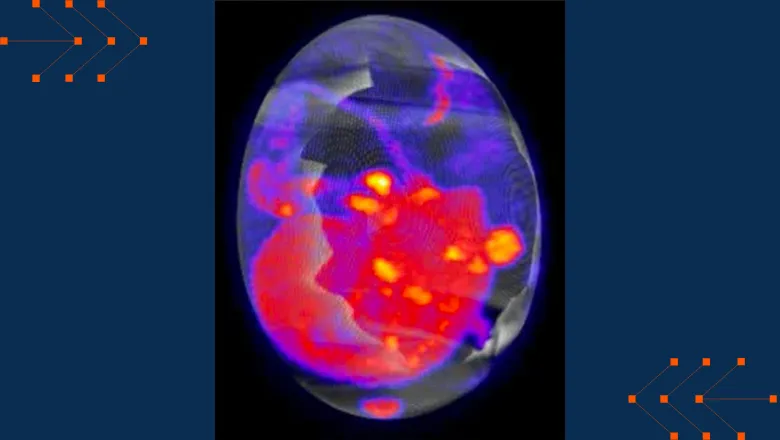Health
Innovative Insights: Cancer Imaging Explores Chicken Eggs’ Low-Cost Potential

- Fertilised chicken eggs, specifically their chorioallantoic membrane (CAM), offer a cost-effective and efficient alternative to mouse models in preclinical cancer research, enabling rapid tumour growth and detailed imaging.
- The research demonstrates the viability of using chick CAM for novel radiotracer development and evaluating treatment responses, potentially accelerating imaging agent development at a fraction of the cost and regulatory burden compared to mouse models.
In a new paper published in the Nature npj Imaging Journal, King’s researchers have assessed the use of fertilised chicken eggs as an alternative model that can resolve both ethical and economic issues for preclinical cancer research.
The use of animal models in cancer research is a major contributor to the clinical development of drugs and diagnostic imaging. However, while invaluable tools, the current standard of using mouse models to recreate diseases is expensive, time-intensive, and complicated by both variable tumour take-rates and the associated welfare considerations.
Fertilized chicken eggs contain a highly vascularised membrane, known as the chicken chorioallantoic membrane (CAM), which can provide an ideal environment for tumour growth and study, but to-date relatively few studies have used chick CAM to evaluate novel radiopharmaceuticals.
This work supports the case for the use of chick CAM as a more sustainable, low-cost substitute to mouse-models of cancer, with results showing that it is possible to cultivate tumours for imaging in 7 days using this approach. 12 fertilised eggs cost just £45, with zero maintenance costs – a 97% saving compared to standard mouse xenografts. But more importantly, these eggs provided exquisite tumour images that allowed us to assess delivery of tumour-targeting drugs and the effects of radiation therapy. I initially thought all we’d produce is scrambled eggs, but this model was robust and versatile!
Dr Tim Witney, Reader in Molecular Imaging at the School of Biomedical Engineering & Imaging Sciences
Testing new imaging agents in cancer cells in culture is a useful first step, but it only gets us so far – it’s hard to know how an imaging agent that works in a petri dish would work in the body. Progressing to mouse models of cancer is extremely expensive and time consuming, and is heavily regulated (for very good reason). Growing tumours in a chicken egg is an interesting intermediate step which could accelerate imaging agent development at a fraction of the cost. I’m very pleased to see this work published – the endless egg puns have been no yolk.
Dr Richard Southworth, Reader in Cardiac Molecular Imaging
To be widely adopted as a model for radiopharmaceutical research, a straight-forward protocol for the use of chick CAM must be established. To this end, the researchers used direct comparison studies to test the viability of the chick CAM approach against mouse models and demonstrated its potential to accomplish novel radiotracer development and assess treatment responses in test subjects more quickly.
Source: King’s College London

















































